
Lunar soil samples return to Earth after a year of space testing - Photo: CCTV
China's first lunar soil samples used for construction research on the lunar surface have returned safely to Earth along with the Shenzhou 21 spacecraft, according to CCTV on November 25.
The batch of specimens numbered R5, consisting of a total of 34 bricks, weighing about 100g, was confirmed by researchers to be in very good condition.
Over the course of a year, these bricks endured the extreme conditions of space, including cosmic radiation and huge temperature differences.
These are simulated lunar soil bricks, which the research team formulated from materials that closely resemble the composition of real lunar soil. They are made using three different forming processes: hot-press sintering, electromagnetic induction sintering, and microwave sintering.
Their compressive strength is three times higher than that of conventional bricks, demonstrating their ability to operate stably in the harsh environment on the Moon.
The main objective of this space mission is to test three key properties of the material: mechanical, thermal and radiation resistance.
According to Xinhua, the experiment is part of a project under China's Manned Space Station Program. The entire project will last three years, during which samples will be collected and returned to Earth once a year, and this is the first batch of brick samples to be recovered.
Academician Dinh Liet Van emphasized that the key to building scientific research stations on the Moon in the future lies in "taking advantage of local materials".
He explained that solar energy on the Moon could be used to sinter lunar soil into various sizes. Then, using robots, construction could be done on site like building blocks. This method would significantly reduce the cost of transporting materials from Earth.
In the coming time, researchers will conduct in-depth comparisons between lunar soil samples exposed to space and samples retained on the ground. The goal is to clarify the laws of changes in macroscopic and microscopic properties, as well as the impact mechanism of the space environment on sintered materials.
Source: https://tuoitre.vn/gach-mat-trang-cua-trung-quoc-con-nguyen-sau-1-nam-tren-vu-tru-mo-duong-xay-can-cu-ngoai-trai-dat-20251125133623263.htm




![[Photo] Close-up of heavy damage at the school located on the banks of the Ban Thach River](/_next/image?url=https%3A%2F%2Fvphoto.vietnam.vn%2Fthumb%2F1200x675%2Fvietnam%2Fresource%2FIMAGE%2F2025%2F11%2F26%2F1764152130492_ndo_bl_img-8188-8805-jpg.webp&w=3840&q=75)












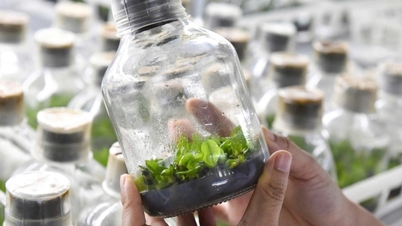













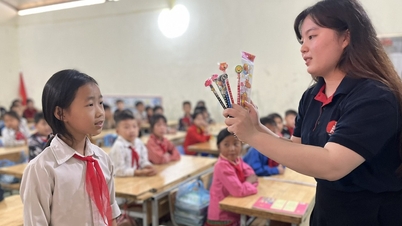


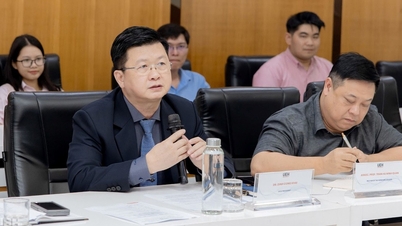

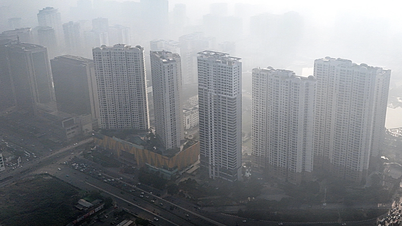




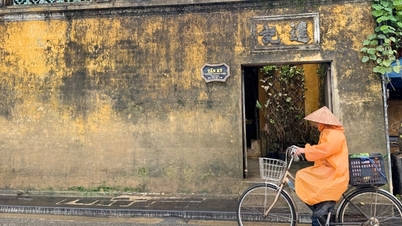


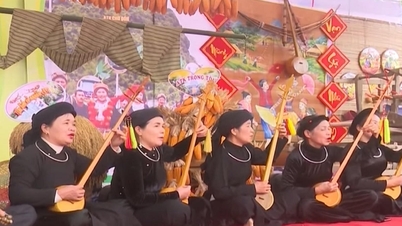

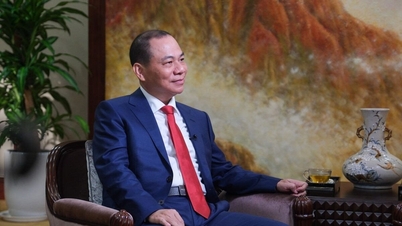





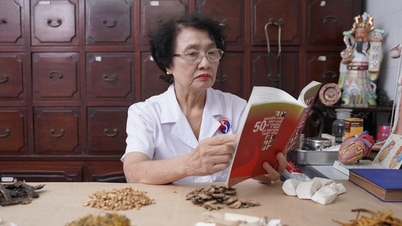

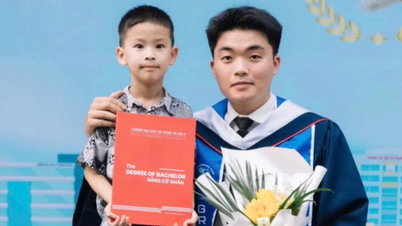

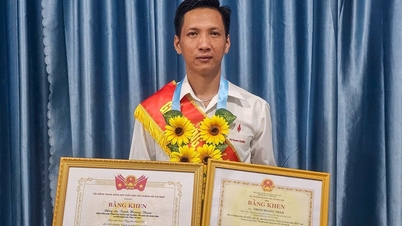




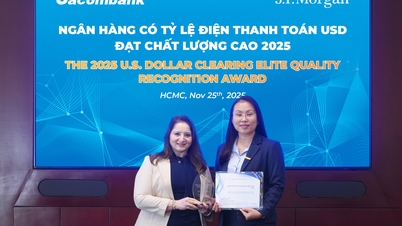

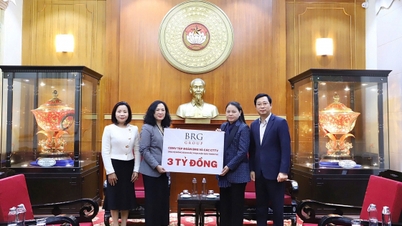








![[Photo] Opening of the 28th Session of the Hanoi People's Council](https://vphoto.vietnam.vn/thumb/402x226/vietnam/resource/IMAGE/2025/11/26/1764155991133_image.jpeg)








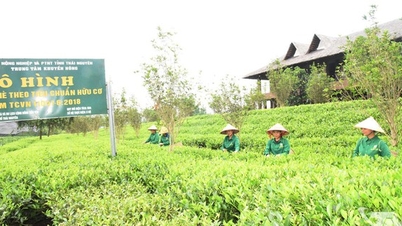
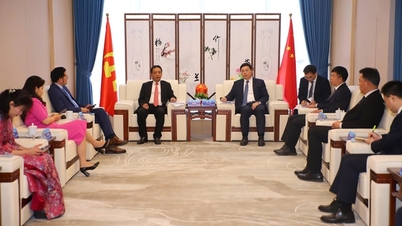
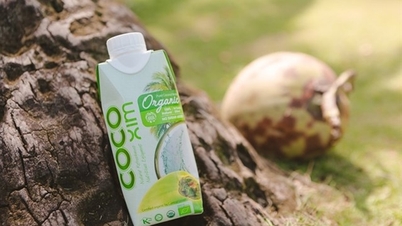


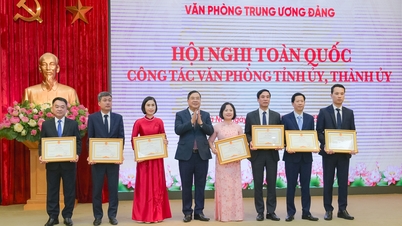

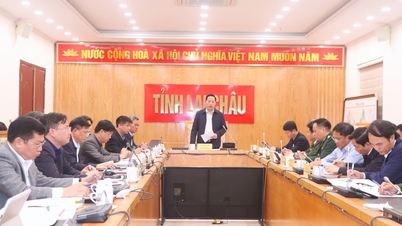

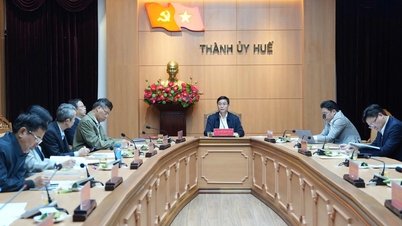

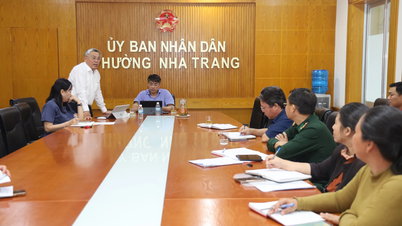















Comment (0)